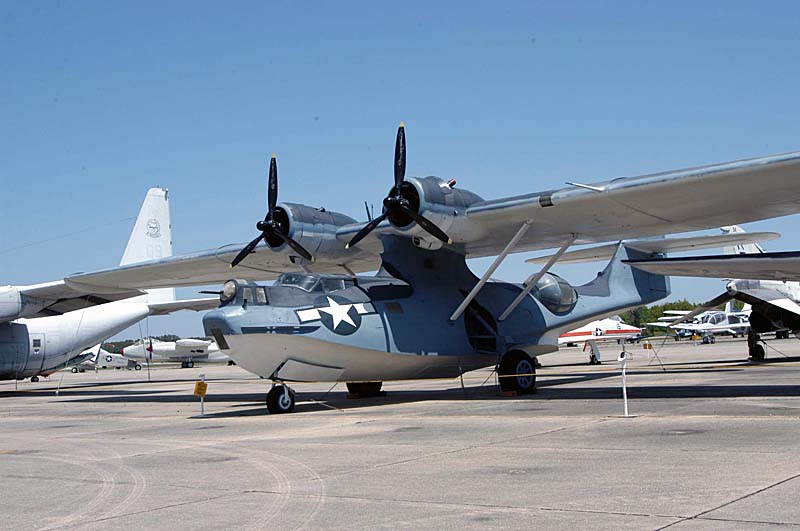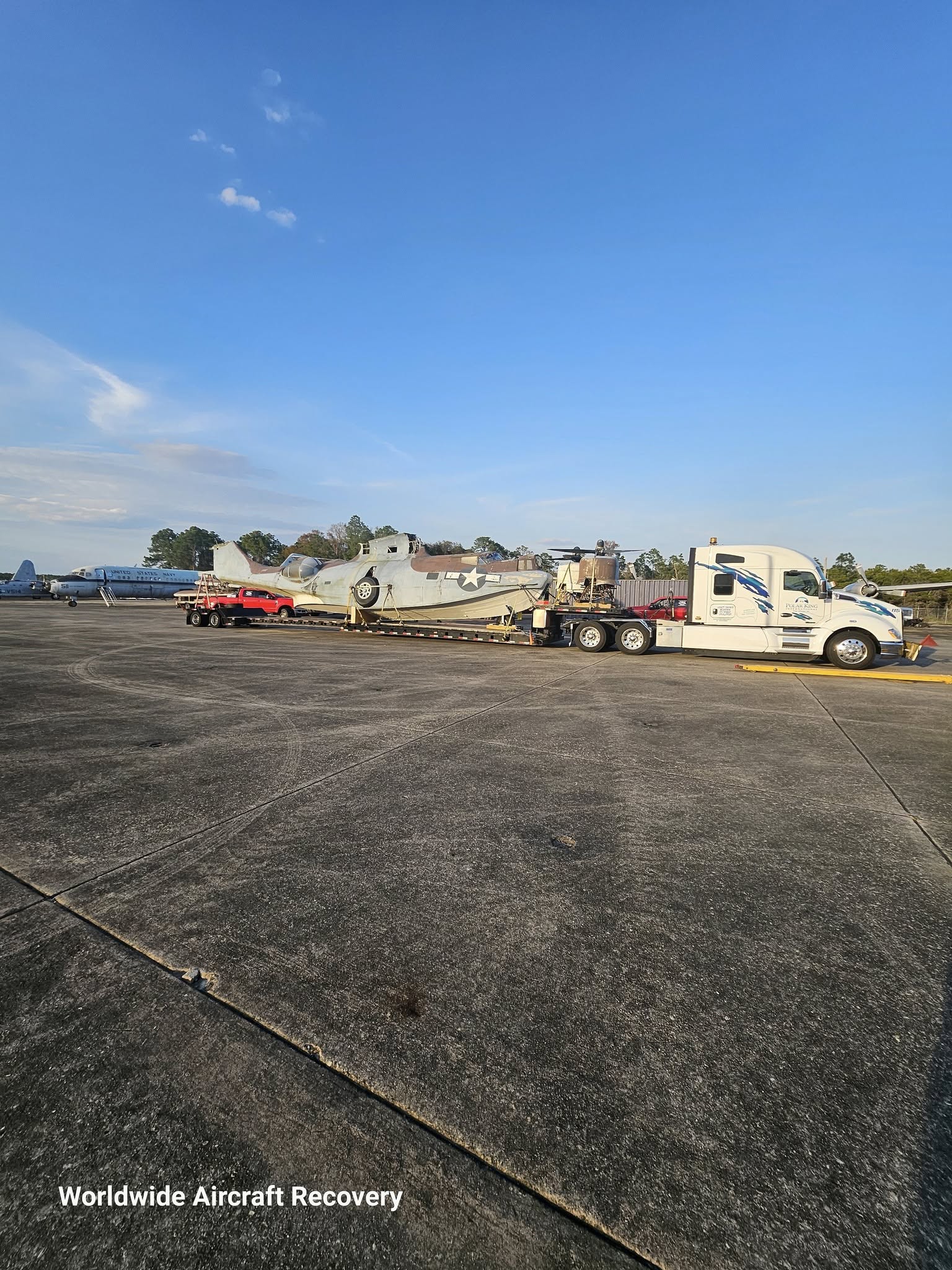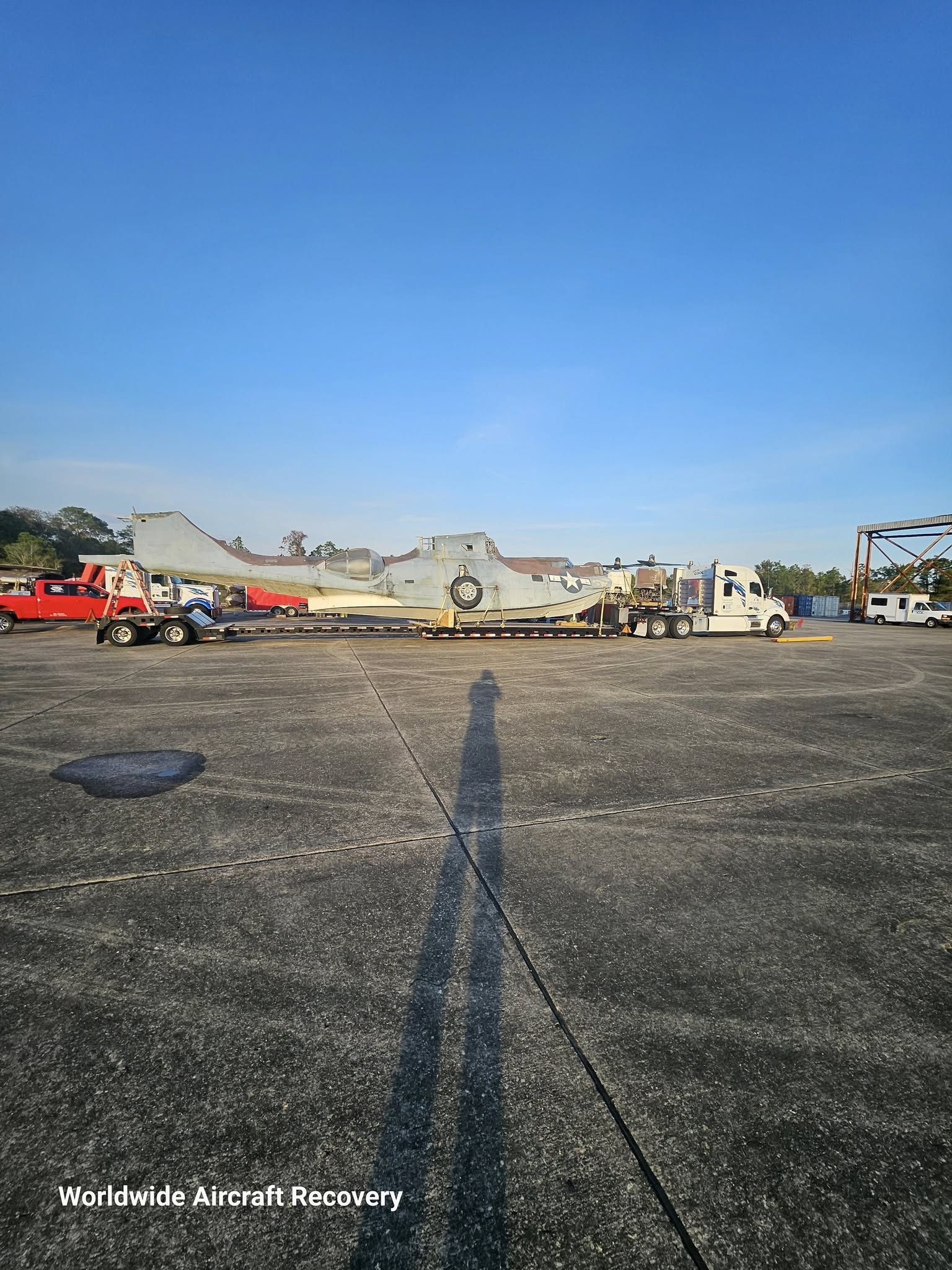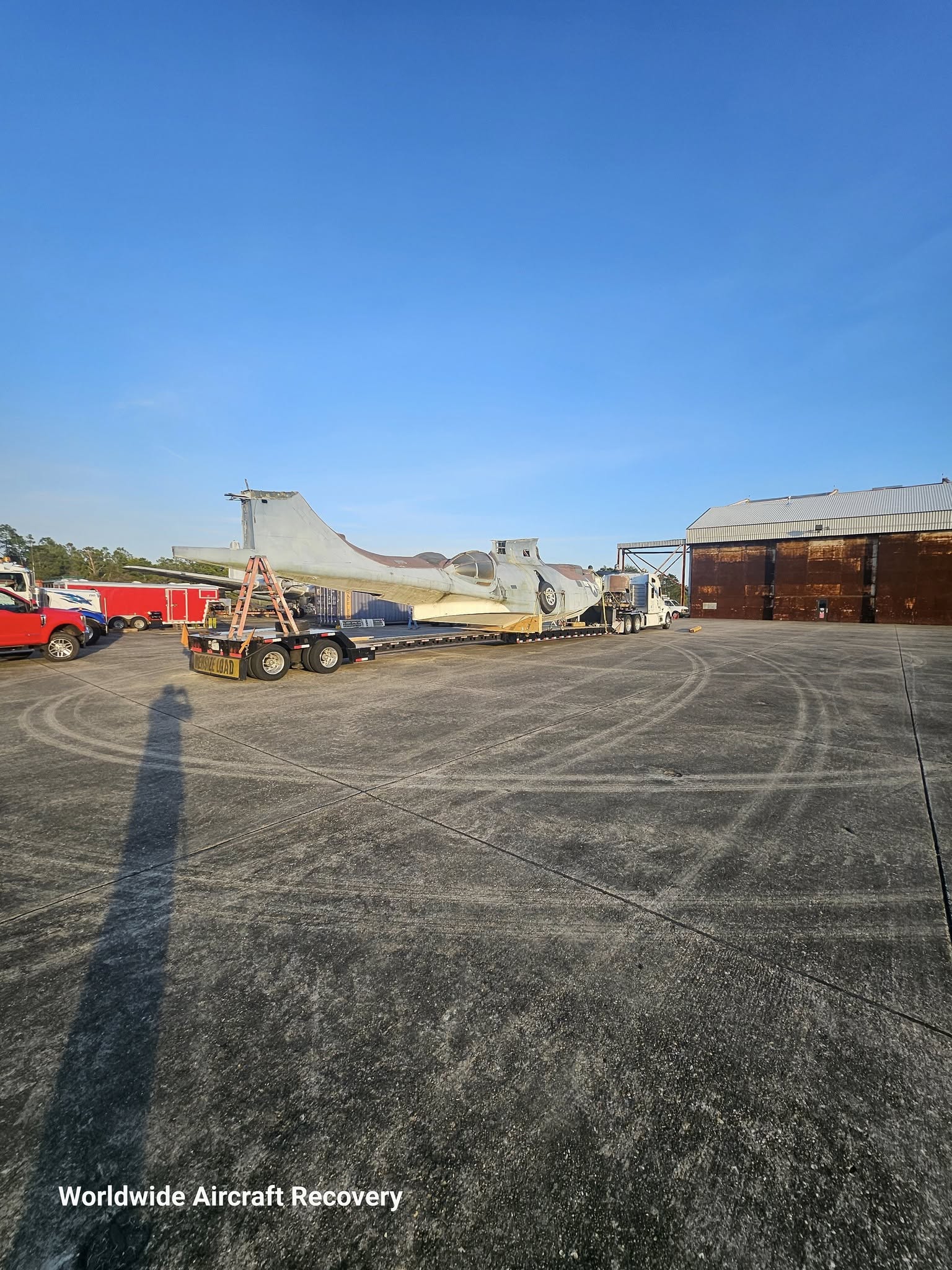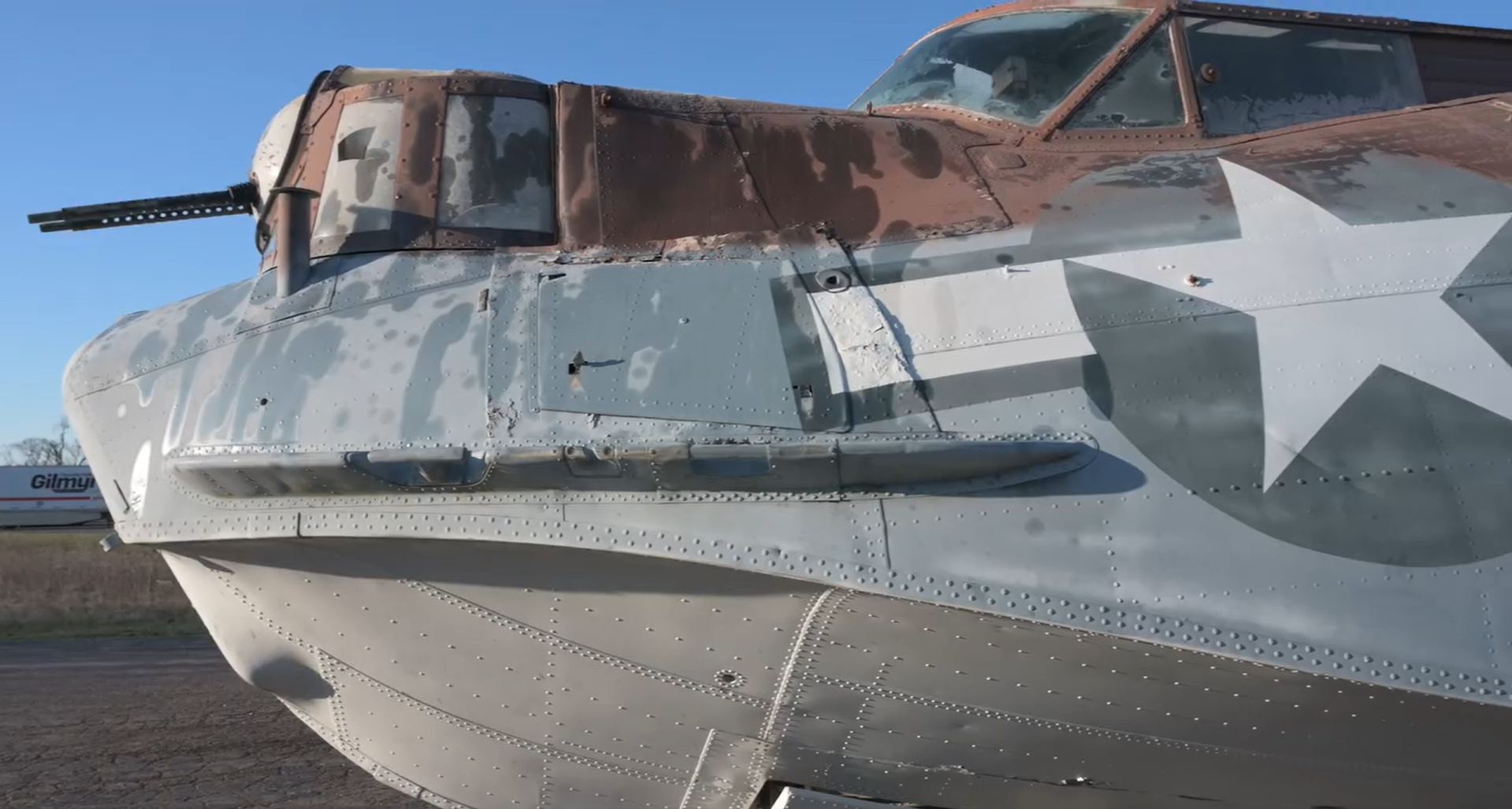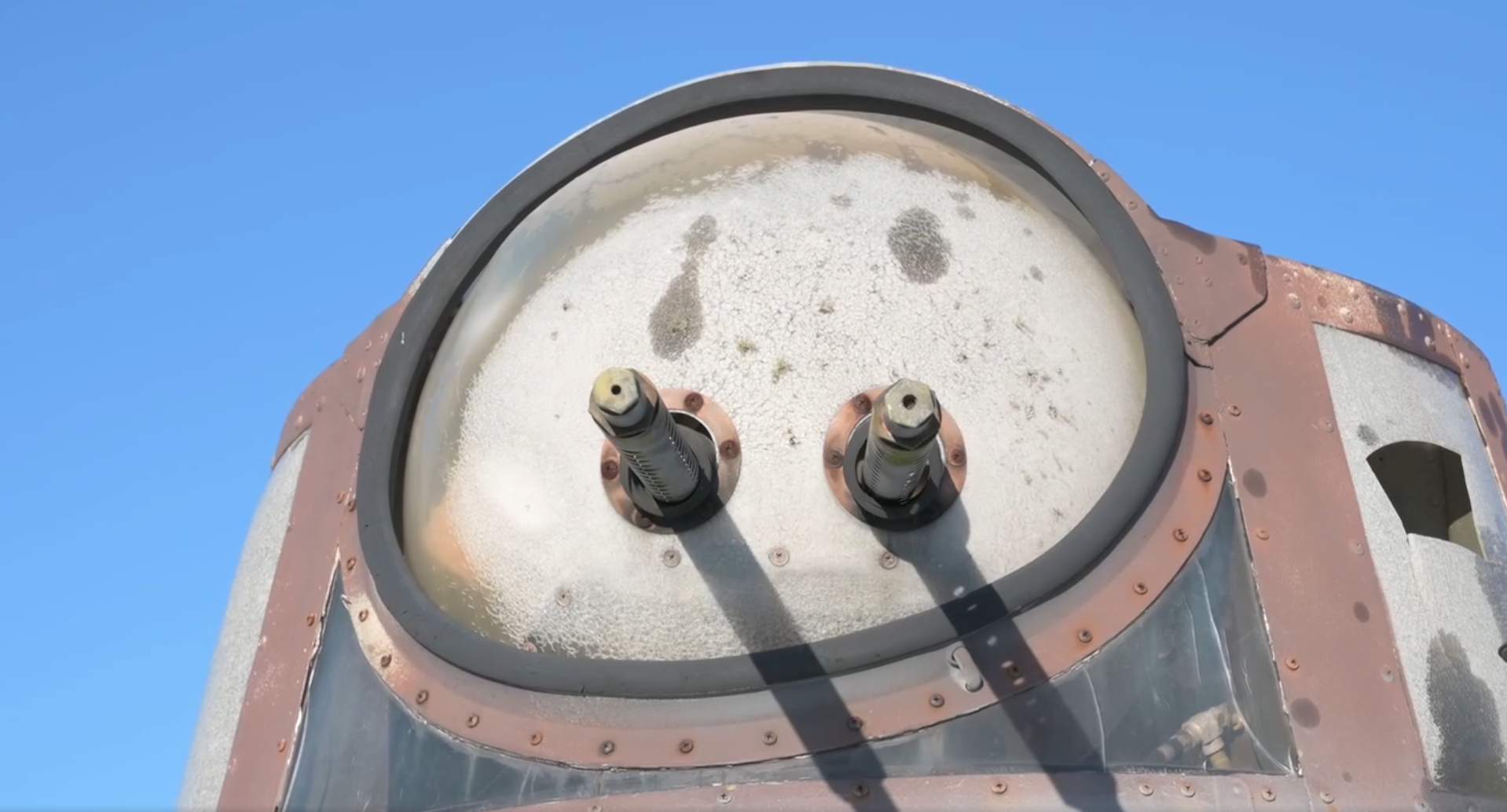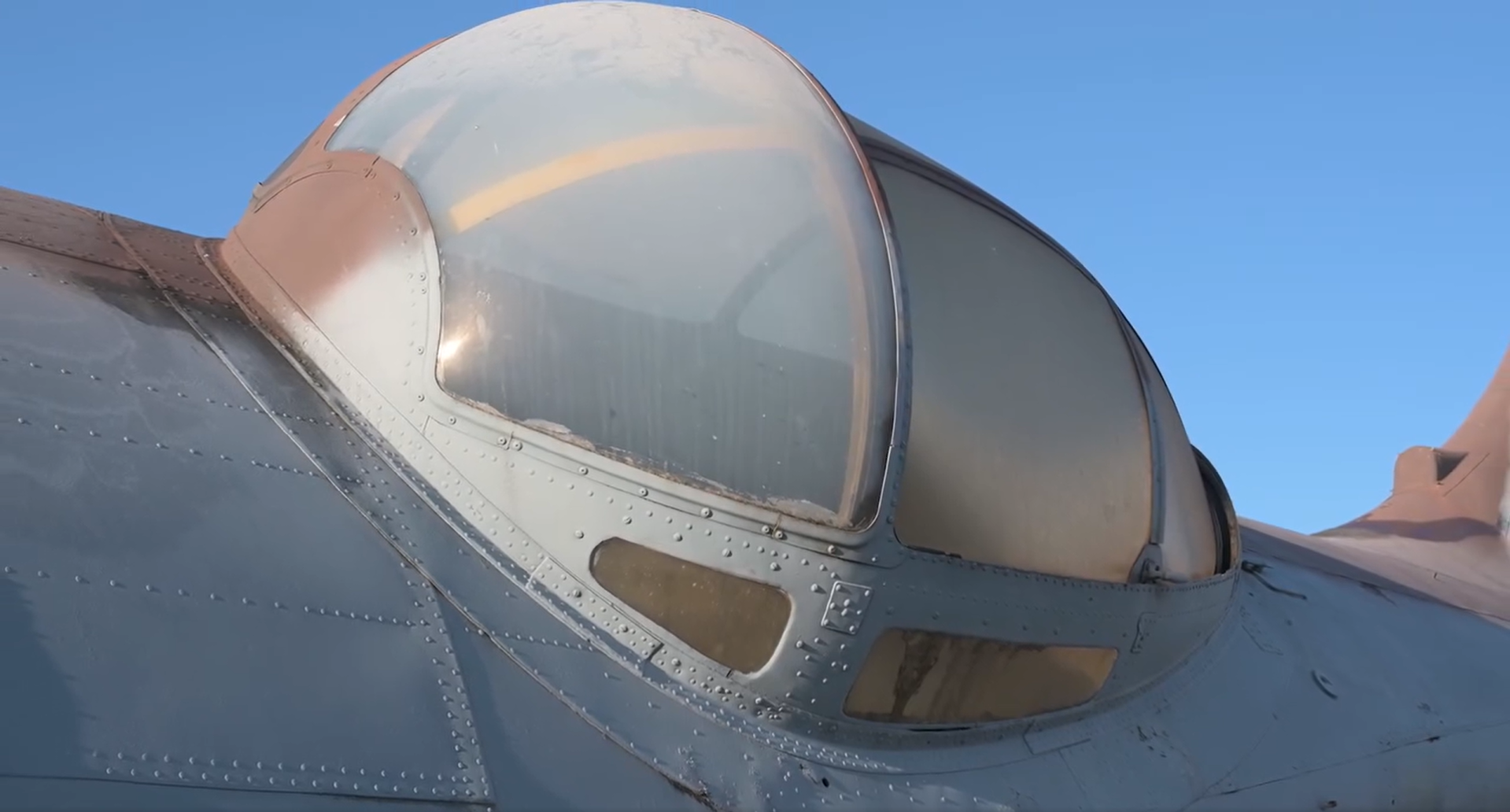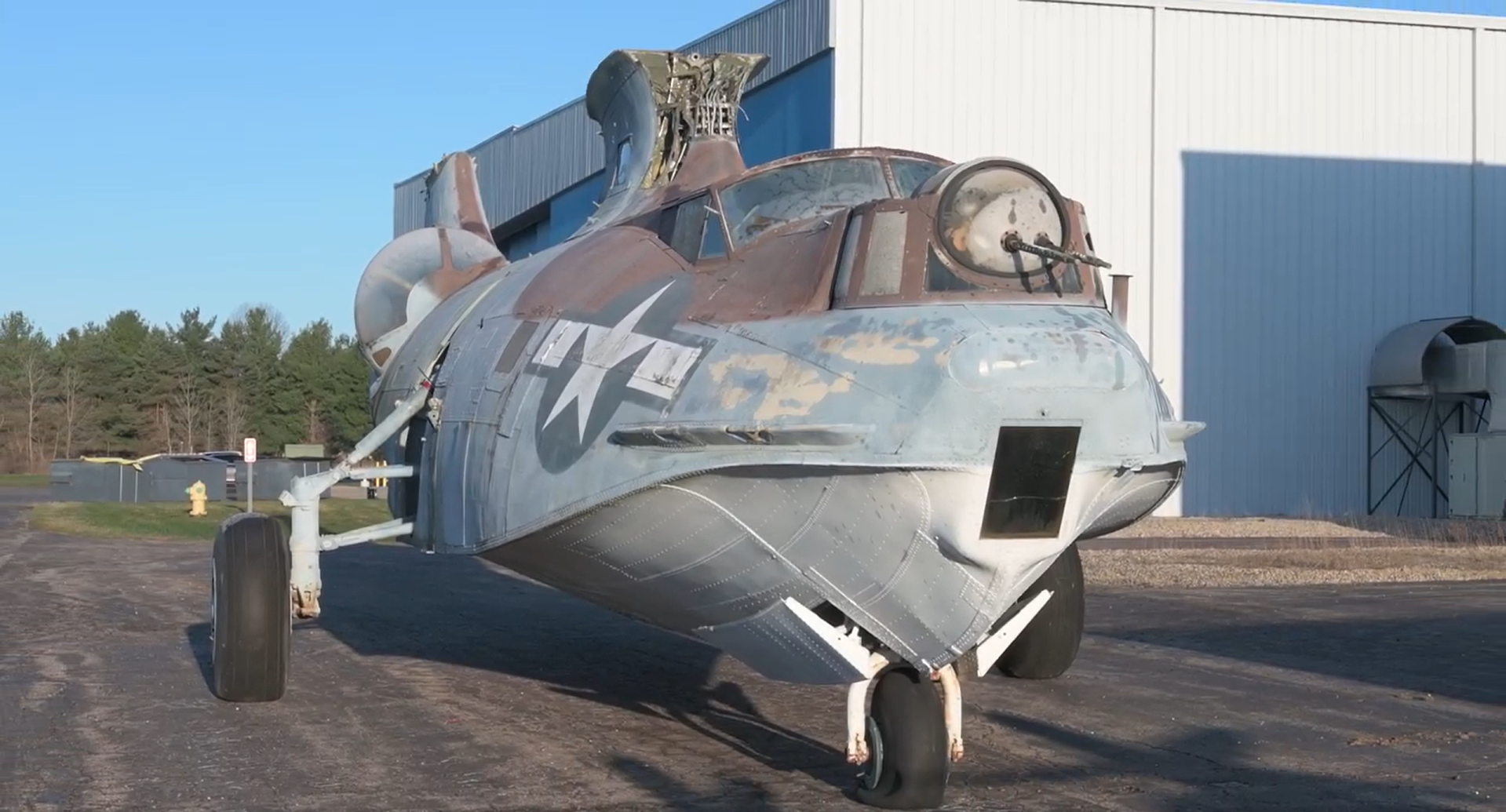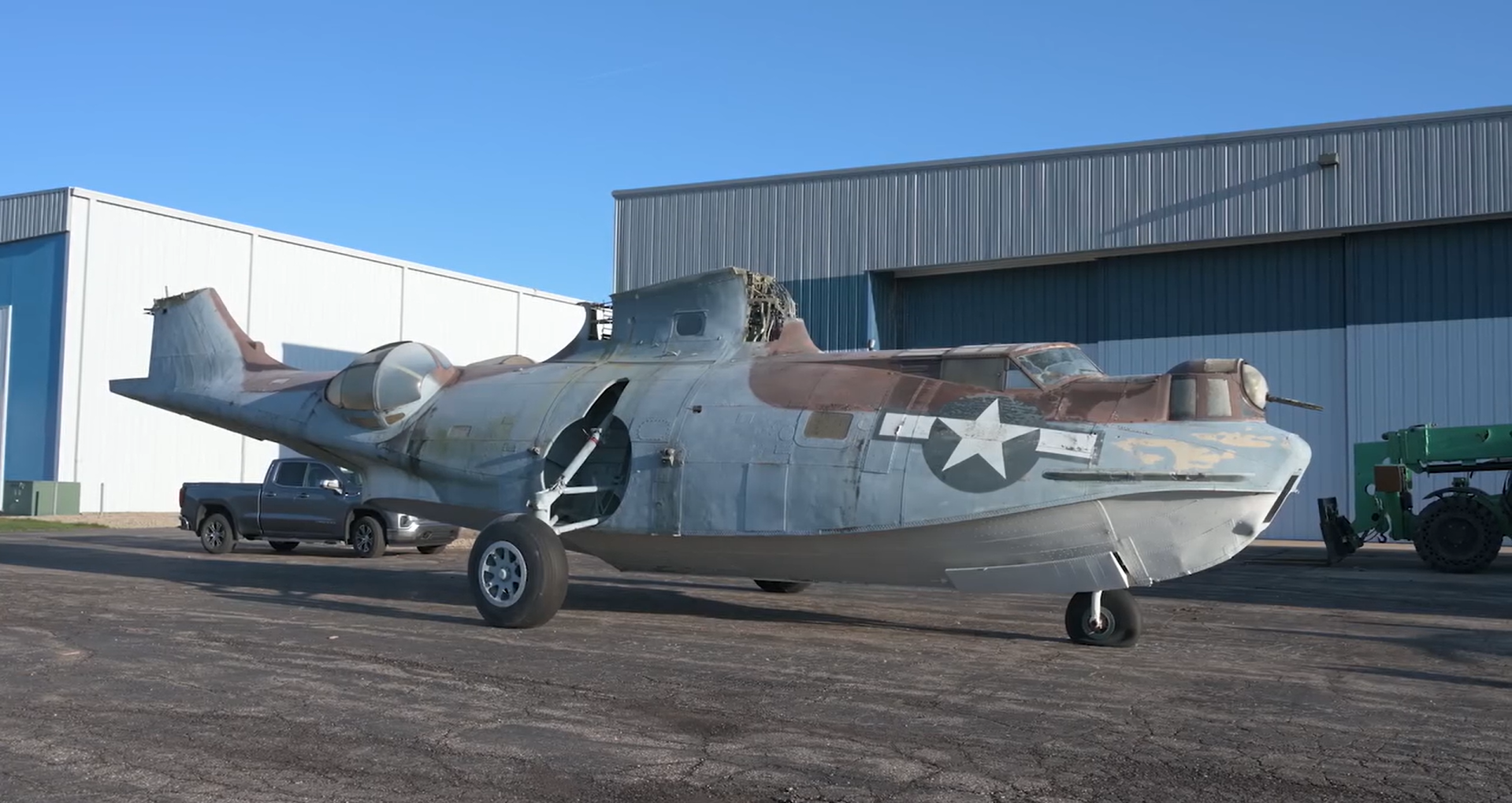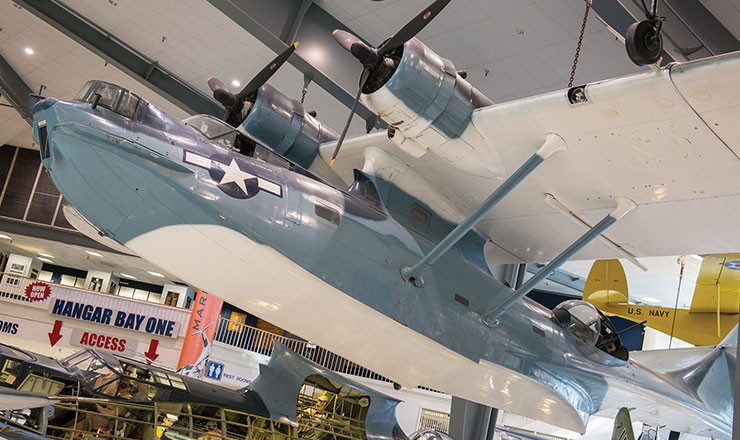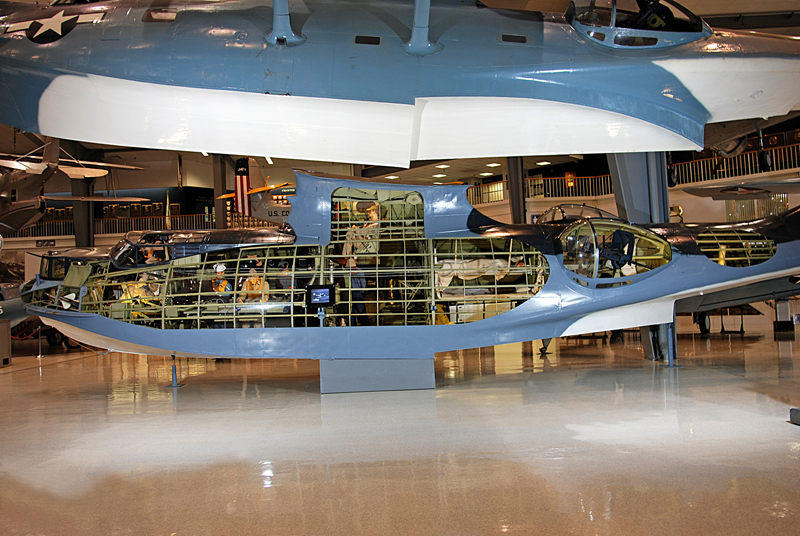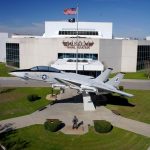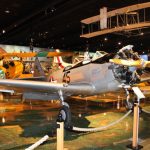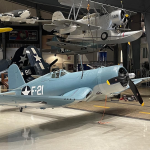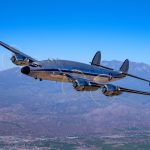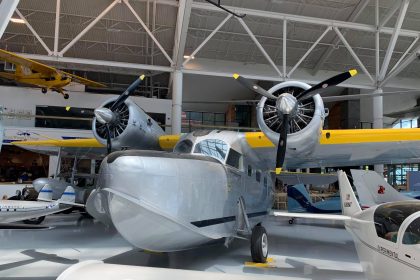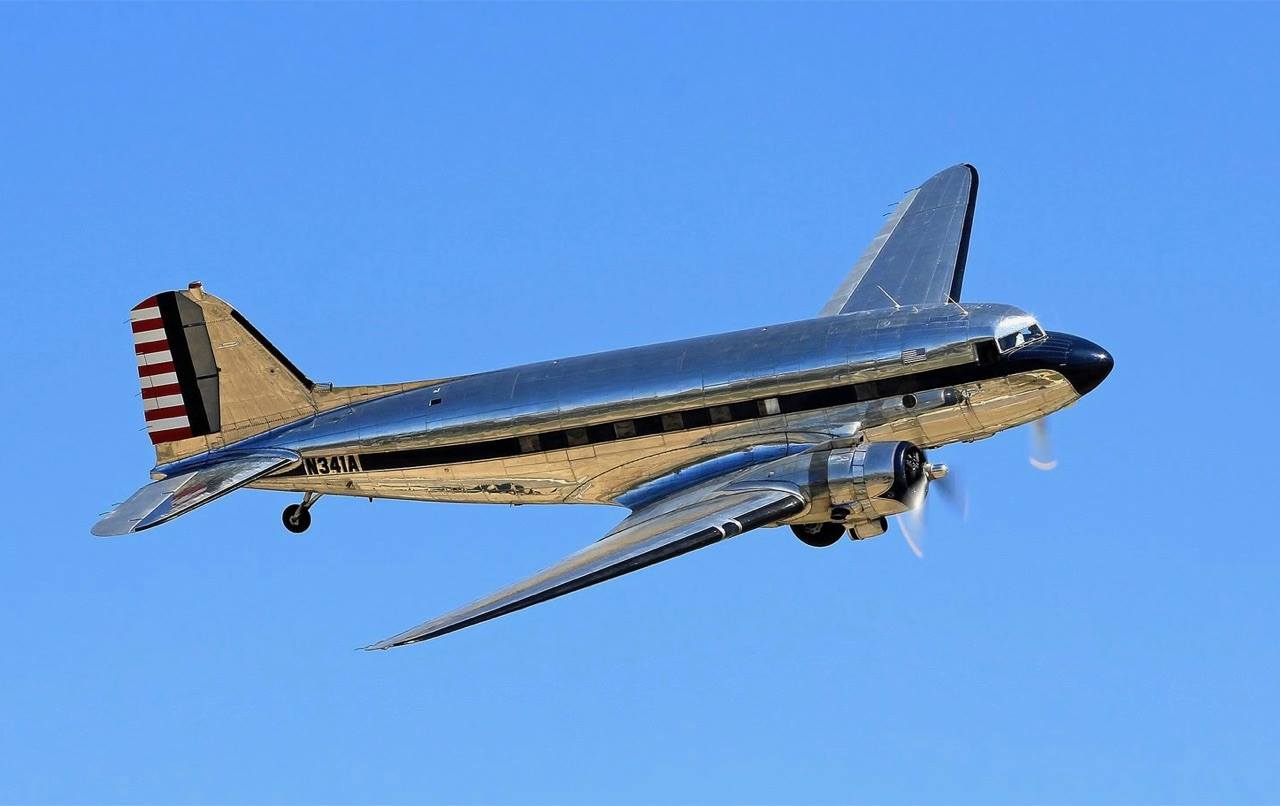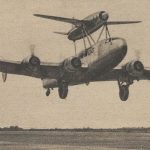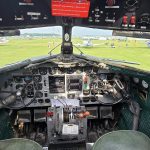In August 2023, we covered the news that the National Naval Aviation Museum (NNAM) in Pensacola, Florida would be transferring their PBY-5A Catalina, Bureau Number 46602, to the Pearl Harbor Aviation Museum in Hawaii (read the original article HERE). Now, we have received news that the aircraft, which has been displayed outdoors on the flight ramp of Pensacola since 1987, will undergo a complete restoration at the Air Zoo in Kalamazoo, Michigan, before it is sent to Pearl Harbor, and is now in the midst of being trucked from Florida to Michigan by Worldwide Aircraft Recovery, one of the largest and most experienced firms in moving aircraft across the United States.
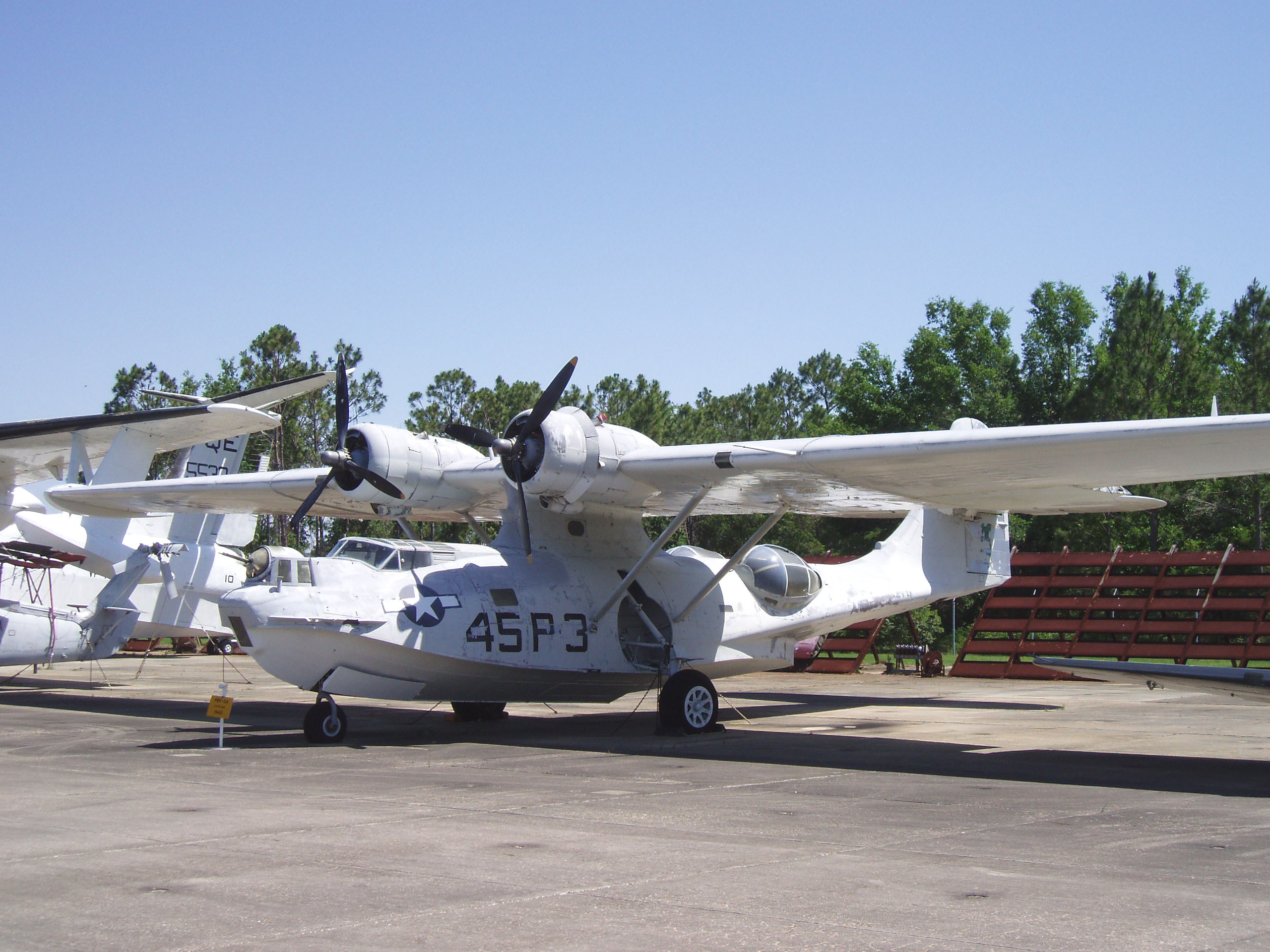
As mentioned in our previous article, PBY-5A 46602 was accepted into service with the US Navy on October 14, 1944, and among other assignments, it flew with Patrol Bombing Squadron 45 (VP-45) on anti-submarine and convoy escort missions out of Belem, Brazil. After the war, the aircraft flew in peacetime patrols over the northwest Pacific from Naval Air Station Whidbey Island, Washington and Adak, Alaska, before being placed in storage at NAS Litchfield Park, Arizona (now Phoenix Goodyear Airport), where it was stricken from the US Navy inventory in 1956, and eventually sold off to become a fire tanker in Canada as CF-FFZ before being donated to the NNAM in 1987.
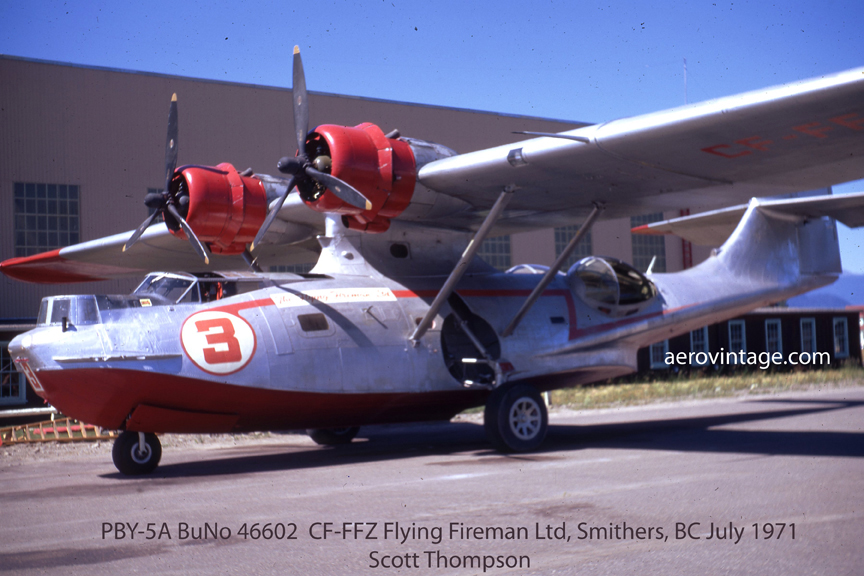
Though the Pearl Harbor Aviation Museum secured the funding required to have the aircraft transferred from Florida to Hawaii, the Catalina will require extensive restoration after being exposed to the Gulf Coast salt air for nearly 40 years. In order to accomplish that restoration, the National Naval Aviation Museum and the Pearl Harbor Aviation Museum have called upon the services of a close affiliate, the Air Zoo of Kalamazoo, Michigan, which has earned a great reputation in the aircraft restoration community for its work in restoring WWII naval aircraft recovered from the depths of Lake Michigan. In fact, the upcoming restoration of the PBY-5A Catalina will not be the first time the three museums have worked together on a restoration project, as they previously collaborated to restore a rare Douglas SBD-2P Dauntless, Bureau Number 2173, which had been recovered from Lake Michigan in 2009, transferred to the Air Zoo for restoration in 2016, and completed and transported to Pearl Harbor in 2021 (we have covered that aircraft’s story in several articles HERE).
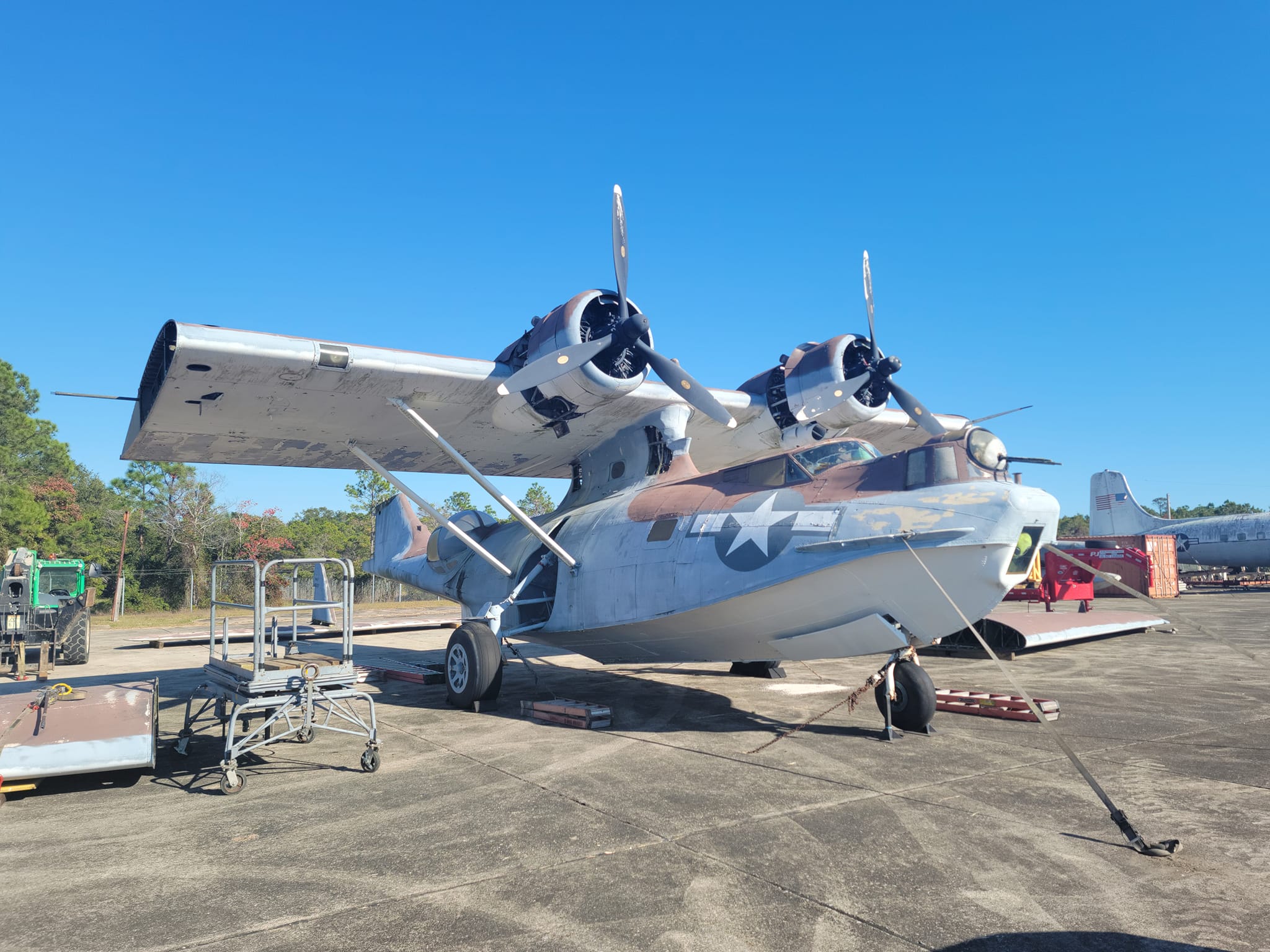
The firm hired to move the PBY is Worldwide Aircraft Recovery, headquartered in Bellevue, Nebraska, which has been in operation since 1987, and has transported thousands of aircraft all across the country, with the company arriving in Pensacola shortly after moving Convair F-102A Delta Dagger 56-1264 from Bradley Air National Guard Base at Windsor Locks, Connecticut, to the Air Force Armament Museum at Eglin Air Force Base, Florida. Having disassembled the Catalina at Pensacola, Worldwide Aircraft went on the road to Kalamazoo.
Following the aircraft’s arrival at the Air Zoo, PBY-5A Catalina BuNo 46602 will be restored alongside the Air Zoo’s other ongoing restoration project; Douglas SBD-1 Dauntless BuNo 1612, which is also currently on loan from Pensacola. At this point, it is still to offer a timeline for the completion of the project, but it is safe to say that Catalina 46602 will be at the Air Zoo for several years to be fully restored to static display condition before it will be shipped off to Hawaii to go on display at the Pearl Harbor Aviation Museum.
For the Pearl Harbor Aviation Museum (formerly known as the Pacific Aviation Museum), the Catalina’s arrival will be significant in telling the story of the Pacific War, as the Consolidated PBY Catalina was central to the US Navy’s efforts to determine the position of Japanese surface fleets, sink submarines, and rescue downed airmen and shipwrecked sailors. It was this importance that also made the Catalinas a primary target during the Japanese attack on Pearl Harbor on December 7, 1941. During that attack, the Japanese fighters and bombers attacked the Catalinas parked on the seaplane ramps on the southern tip of the small island.
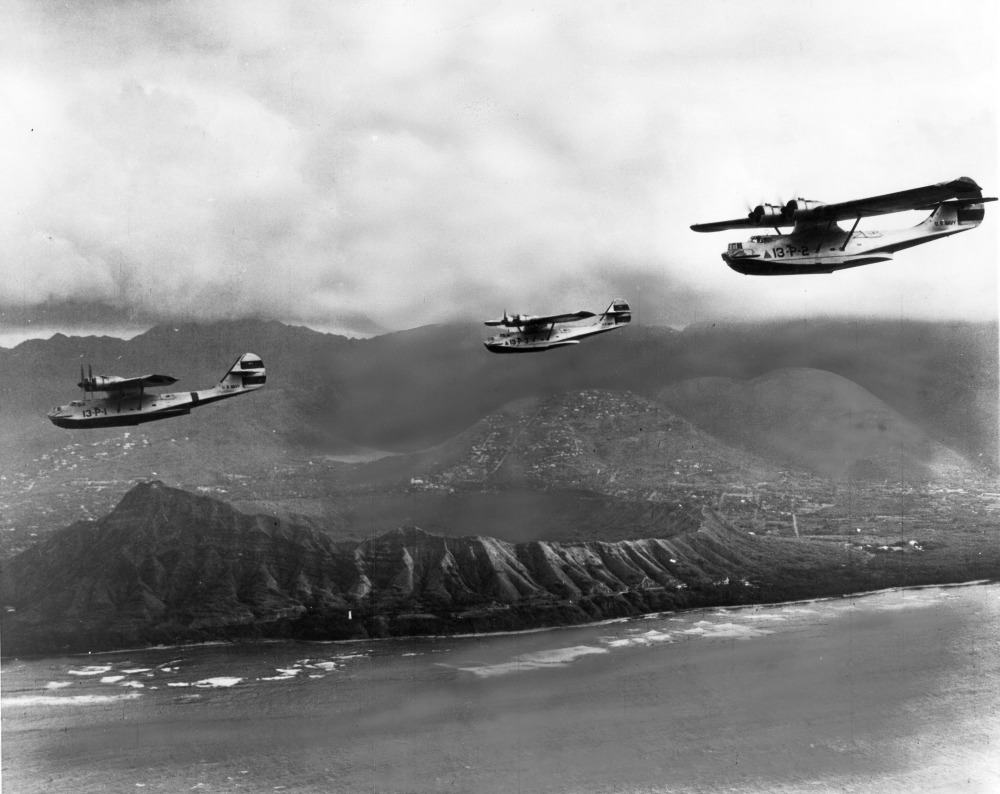
Of the 36 PBYs assigned to VP-21, VP-22, VP-23 and VP-24 parked at the seaplane ramps, which were in close proximity to Hangars 37 and 79, the very hangars that now house the PHAM, and still have bullet holes from the Japanese strafing attacks, nearly all of them were destroyed or damaged on the ramp, while a PBY piloted by Ensign William Tanner became the first American aircraft to attack Japanese forces in WWII when it dropped depth charges on a submerged midget submarine attacked by the destroyer USS Ward right before the main attack, and a PBY on a patrol north of Oahu with Ensign Fred Meyer at the controls was the first American patrol bomber to be attacked by Japanese fighters during WWII.
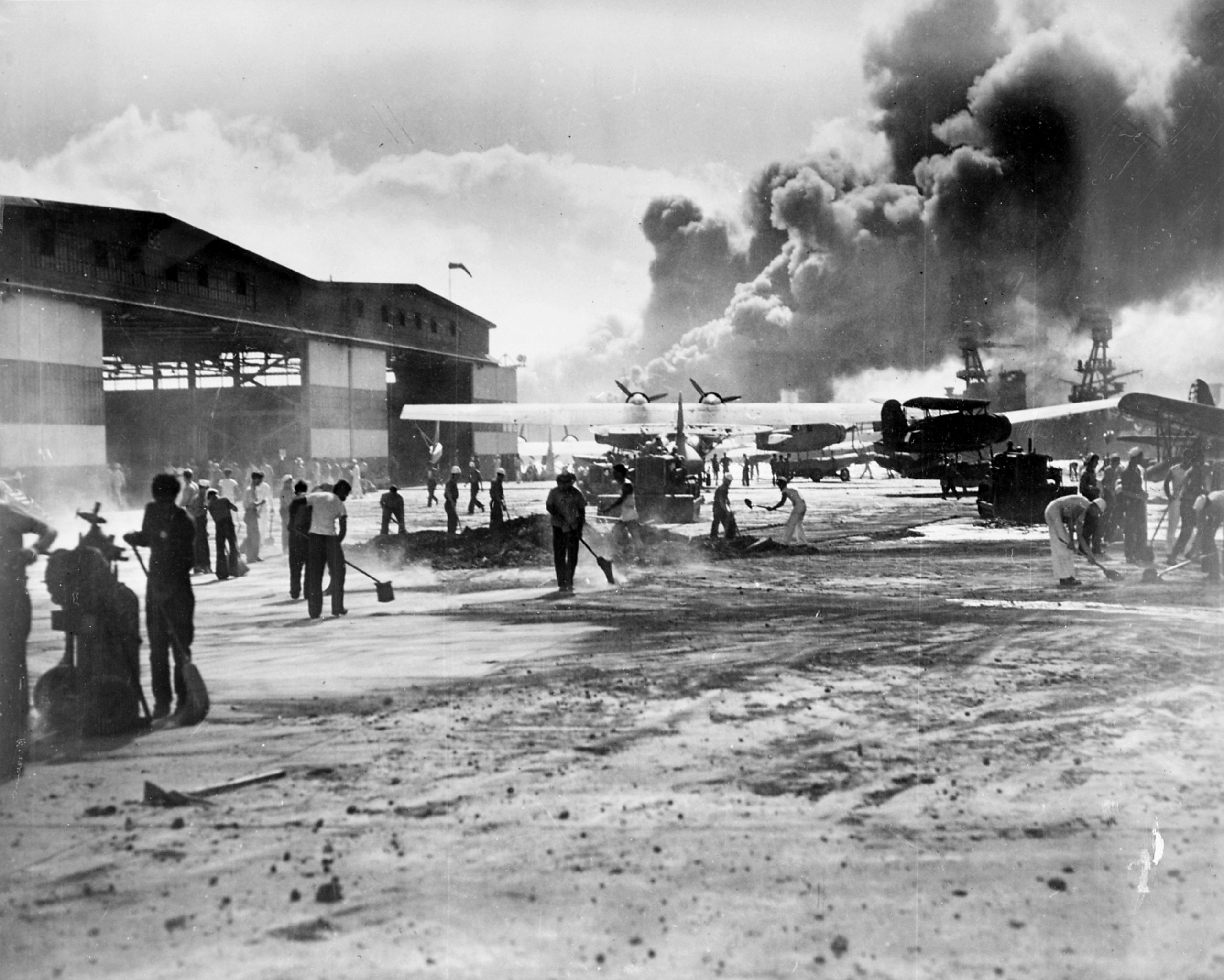
As mentioned in our earlier story, the departure of PBY-5A BuNo 46602 will not mean that the National Naval Aviation Museum in Pensacola will be bereft of any Catalinas, as they will retain the last surviving non-amphibious variant of the Catalina on display in the United States, PBY-5 BuNo 08317, which has been on loan from the Smithsonian National Air and Space Museum since 1973, while the hull of another Catalina, which was originally intended for the Royal Air Force as serial number FP216, but operated by the US Navy with the same RAF s/n, and following an water-looping accident at NAS Pensacola on May 28, 1944, the hull of FP216 was turned into a training exhibit at Pensacola’s Survival Training Unit, and was later restored to provide a unique glimpse into the interior of the Catalina flying boat, complete with mannequins in the crew positions.
We will continue to cover the ongoing restoration efforts of the Air Zoo as they embark the biggest restoration project in their history, and the aircraft’s journey to Pearl Harbor. To learn more about the Pearl Harbor Aviation Museum, visit the museum’s website HERE







